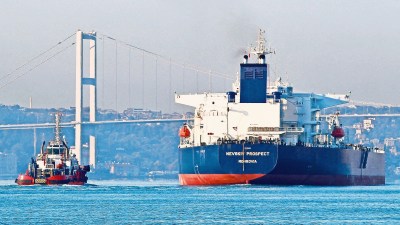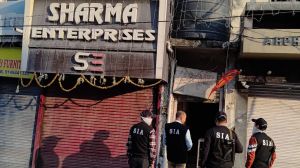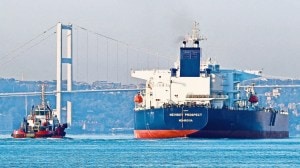Track II relief
After the Gaisal tragedy, a claustrophobic deja vu. As the death toll continues to rise, as the ever so convenient human error'' is dec...

After the Gaisal tragedy, a claustrophobic deja vu. As the death toll continues to rise, as the ever so convenient “human error” is declared culprit, a sheer disregard for the value of human life is once again on display — evidenced by the conspicuous absence of effective disaster management. Certainly, the cause and circumstances behind this heinous crime on the tracks — “a multi-level failure” in officialese — will have to be ascertained and, if it does not entail asking for far too much, systemic and personnel changes will have to be effected to prevent the recurrence of a similar catastrophe.
Immediately after the event, however, all energy and resources should surely be channelised towards extricating trapped passengers from mangled bogies, towards rushing in rescue and relief workers to the site of the accident. The facts tell their own story: more than 24 hours after the collision, rescue workers were still struggling to separate three telescoped coaches containing an estimated 200 people.Even if there had been any hope for these hapless travellers, the ticking clock was fast snuffing it out. As for other coaches piled up precariously one on top of the other, rescue work was no doubt greatly hampered by the fear of tonnes of metal suddenly toppling over. In a country so susceptible to natural calamities and manmade disasters alike, it is extremely unfortunate that over the decades the first response elicited by a catastrophe has inevitably been an inertia borne of shock. Of course, in the immediate aftermath of a tragedy, the words disaster management are bandied about with much angst, only to be forgotten till the next one comes along. But at a time when the defence of Kargil has elicited overwhelming support for the families of the dead and injured, surely there must be more empathy for the victims of senseless disasters.
As for the railways, it should not be allowed to get away with the ever so slippery multi-level failure bogey. Railway Minister Nitish Kumar has reacted honourably byowning moral responsibility; but accountability must pervade the entire system. An inquiry may well establish responsibility on some station-master; but if all it takes is for one person to falter to bring off one of the most gruesome accidents in Indian history, surely the onus is on the wise men and women in the railway establishment to put into place preventive measures. For instance, there are reports that the station-master at Gaisal did not have a tracking panel, which would have let him know that the Delhi-bound Brahmaputra Mail and the Guwahati-bound Awadh-Assam Express were racing towards each other on the same track. Moreover, as rail traffic increases, the authorities must also consider the merits of installing a central monitoring system to offer a second line of defence. The prime minister has announced his intent to set up a commission for railway safety; the sooner it is set up, the sooner it takes up worst-case scenarios, the sooner its recommendations are implemented, the less harrowing willit be for the millions who set off by rail each day for destinations far and near.





- 01
- 02
- 03
- 04
- 05


























